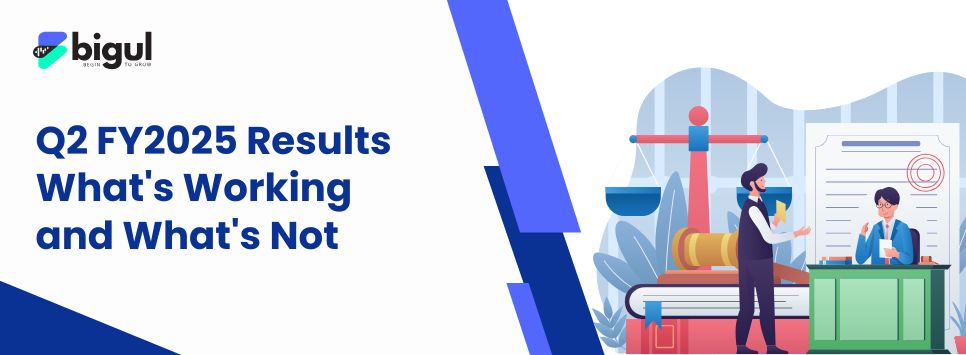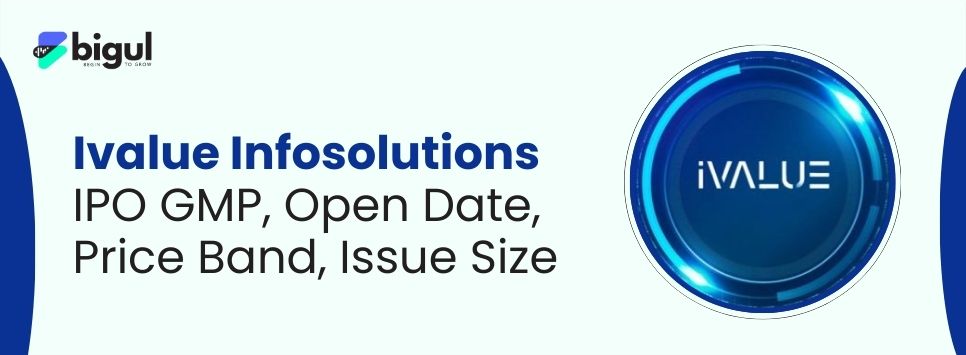If you've been tracking your portfolio lately, chances are you've noticed some chatter around Mahindra & Mahindra Financial Services Ltd. (Mahindra Finance). The buzzwords? "M&M Finance share price", "quarterly results", and the big one – "rights issue of equity shares". It’s a significant move by a company deeply embedded in India's rural and semi-urban heartbeat.
Let’s break down what this Rs 2996 crore rights issue means for you, the young Indian investor looking to make smart financial decisions.
Also Read | Mahindra & Mahindra Rights Issue 2025 Details, Record Date, Issue Price
The Big Announcement: What Exactly is This Rights Issue? (And Why Should You Care?)
Imagine Mahindra Finance knocking on your shareholder's door, offering you the first right to buy new shares before anyone else. That’s essentially a rights issue. Facing the dual challenge of ambitious growth plans and stricter regulatory norms (remember the NBFC sector shakeups?), the company decided it needed a stronger financial backbone. Hence, the plan is to raise up to Rs 2,996.16 crore by issuing fresh shares.
Here’s the deal on the table:
-
The Offer: 1 new share for every 8 existing shares you hold.
-
The Price: Rs194 per share.
-
The Deadline: You needed to own shares by May 13th, 2025 (Record Date: May 14th) to be eligible. The window to actually buy these new shares runs from May 22nd to June 6th, 2025.
Why does this matter to you? Simple: Ownership. If you ignore this offer, your stake in the company gets diluted. Think of it like a cake – if more slices (shares) are cut, your existing slice represents a smaller piece of the whole, unless you buy your proportionate new slice.
The company says this money will fuel more loans, especially in their core rural and semi-urban markets, bolster their tech/digital lending, and meet regulatory capital requirements (like the Capital Adequacy Ratio - CAR). They’re betting big on India's hinterland growth story. The question is, are you confident enough in that bet to put in more money at Rs194 per share?
Mahindra Finance: The Engine Behind the Hustle (Beyond the Stock Ticker)
Before deciding to invest more, let’s revisit what Mahindra Finance does. Forget just the "Mahindra finance stock" ticker flashing on your screen. This is a company that’s been financing dreams in small towns and villages for over 30 years. Started primarily funding Mahindra tractors and UVs, they’ve expanded massively. Today, they finance vehicles from almost all major brands (tractors, cars, commercial vehicles), offer personal loans, home loans, loans against property, SME loans, and even insurance and fixed deposits.
Picture this: Over 1,000 offices, 19,000+ employees, reaching over 9 million customers across India. Their strength lies in understanding the unique rhythms and challenges of rural India – the farmer needing a tractor before the monsoon, the small business owner needing a pickup for deliveries. This deep penetration aligns perfectly with India's push for financial inclusion.
They’re not just a financier; they’re often the first formal credit touchpoint for millions. While "M&M Finance share" movements might cause daily jitters, the company's fundamental story is about enabling aspirations at the grassroots. This rights issue aims to turbocharge that very engine. But is the engine running smoothly enough to justify the fuel injection?
The Financial Health Check: Strong Year, Wobbly Quarter? (Decoding the Numbers)
This is where those "Mahindra finance quarterly results" keywords become crucial. To understand the need for Rs 2996 crore, we need to peek under the financial hood. The big picture for the full year (FY25 ending March 31, 2025) looked pretty robust:
-
Revenue: Rs18,530 Cr (Up 16% from last year)
-
Profit (PAT): Rs2,370 Cr (Up 18%)
-
Assets & Net Worth: Grew significantly.
Solid growth, right? But zoom into the latest quarter (Q4FY25 - Jan to Mar 2025), and the picture gets a bit cloudier – the main reason behind the "M&m finance share price" volatility:
-
Profit Dip: Standalone net profit fell 9% to Rs563 Cr (vs Rs619 Cr last Q4).
-
The Silver Lining: Core lending income (Net Interest Income - NII) grew 9% to Rs 2,156 Cr, and the overall loan book grew a healthy 17% year-on-year.
-
The Pressure Points: Their lending margin (NIM) squeezed down to 6.5% from 7.1%. More worryingly, credit costs (provisions for potential bad loans) jumped 34% to Rs 457 Cr. Ouch.
What does this tell us? The business is definitely growing, and demand for their loans is strong (that 17% loan book growth is impressive). But rising costs of funds (impacting margins) and increased caution about loan repayments in a potentially volatile rural economy (driving up provisions) are putting pressure on profits.
The rights issue is partly a shield against these headwinds – building a bigger capital buffer to absorb potential shocks and keep lending aggressively. It’s a proactive move, but the Q4 wobble explains some investor hesitation.
Market's Verdict (So Far): Lukewarm Applause? (The Price & Subscription Puzzle)
So, how has the market reacted to this grand Rs 2996 crore plan? Frankly, with cautious optimism, leaning towards caution. Let’s connect the dots between the "Mahindra and Mahindra finance" news, the "share price M&M Finance", and the subscription data:
-
Share Price Dip: Around the announcement (early May 2025), the stock price dipped, which is common for rights issues (anticipating dilution). By the time the issue opened (May 22nd), it was around Rs 248.
-
The TERP Test: The "Theoretical Ex-Rights Price" (TERP) – the estimated price after the new shares are added – was calculated at around Rs 242 at that time. This means the Rs194 offer price represented a discount, but the value of the right to buy (RE) was theoretically around Rs48 (Rs242 - Rs194).
-
The Cold Shower - Subscription Reality: Early data (as of June 2nd) was startling. The massive issue was only 4% subscribed (0.04x). Only about 57 lakh shares were bid for against the 15.44 crore on offer!
The Crossroads: To Subscribe, Renounce, or Hold? (Your Strategic Play)
Alright, the big question: If you hold Mahindra Finance shares, what should you do about this rights issue? There's no one-size-fits-all answer, but here’s your playbook:
-
Option 1: Subscribe (The Bull Case): You believe in Mahindra Finance's long-term rural financing story. You see the FY25 growth (16% revenue, 18% profit) as the real trend, and the Q4 blip as temporary.
You believe the Rs 2996 crore will be a game-changer, funding growth and building resilience. You accept the dilution risk if you don't subscribe and want to maintain your ownership percentage. Calculating the TERP, you see value in buying at Rs194. Action: Apply and pay Rs194 per entitled share before June 6th.
-
Option 2: Renounce (The Cash Now or Doubt Case): You need the cash, or you’re uncertain about the company's near-term prospects (Q4 worries you). You might think the RE offers better value sold now than the potential risk/return of holding more shares.
Action: Sell your Rights Entitlements (REs) on the exchange (BSE/NSE). On-market renunciation deadline is June 3rd, off-market is June 5th. Check the RE price (MAHINDRA-RE) and decide.
-
Option 3: Do Nothing (The Dilution Path): You ignore the offer completely. Result? Your entitlement lapses, you invest no new money, but your overall percentage ownership in Mahindra Finance shrinks proportionally as new shares are issued to others who did subscribe
Only consider this if you are exiting the stock anyway or the transaction costs/effort outweigh the benefit.
The Bottom Line:
Mahindra Finance's rights issue is a pivotal moment. It’s the company doubling down on its rural roots, seeking ammunition for growth, and building a fortress balance sheet. The strong full-year FY25 results show underlying potential, but the Q4 pressures and the market's initial cold shoulder highlight real challenges. The "Mahindra and Mahindra news" cycle will be dominated by this issue until June 6th.
Analyze the "Mahindra finance latest news", scrutinize the "Mahindra finance quarterly results", understand the "rights issue of equity shares" mechanics, assess your own finances, and make your call. This is active investing in action – your decision shapes your stake in India's rural financial journey.









.jpg)
.jpg)
